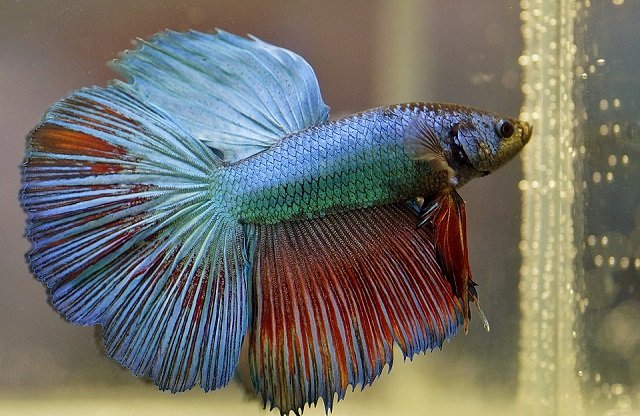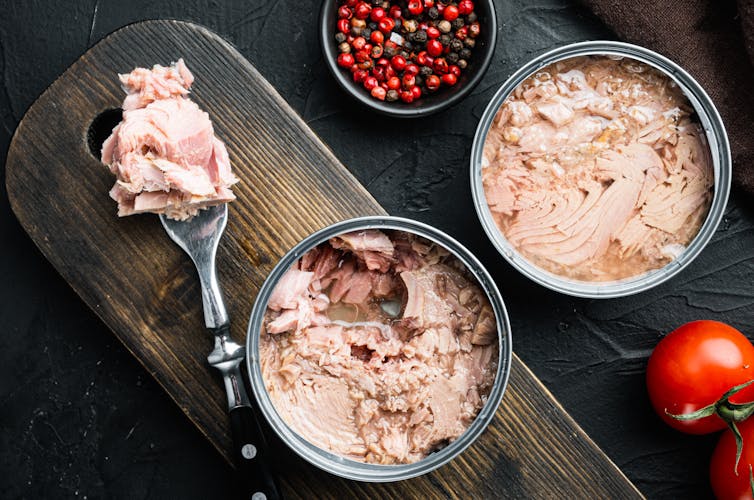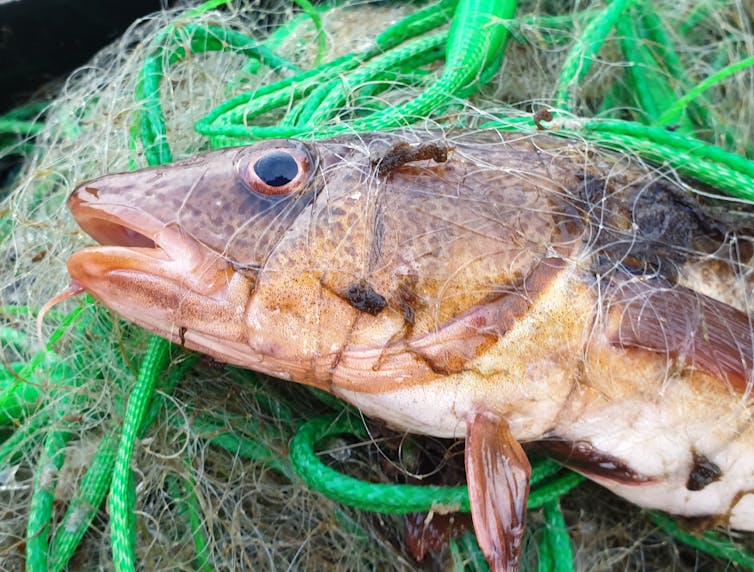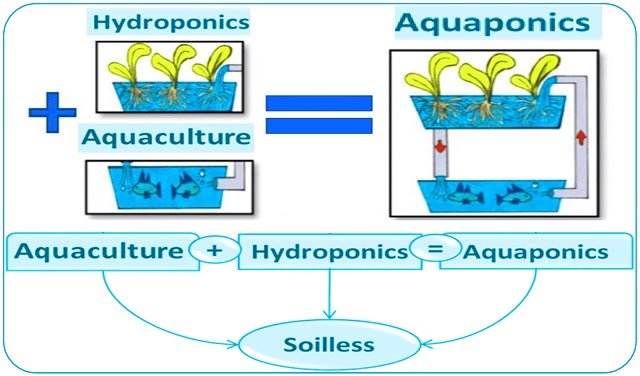Silver Spring, USA.- October is National Seafood Month and the U.S. Food and Drug Administration (FDA) is launching resources that make it easy for pregnant and breastfeeding women and parents of young children to eat more fish and make choices lower in mercury.
FDA has released four new photonovels—or comic-style, graphic stories—that share information about eating fish while pregnant and why including fish in children’s diets is important for their growth and development. Eating Fish: A Guide for Hispanic American Families (available in English and Spanish) and Eating Fish: A Guide for Chinese American Families (available in English and Chinese) also include FDA and the U.S. Environmental Protection Agency’s (EPA) updated advice on eating fish that is especially important for women who are or might become pregnant, breastfeeding mothers, as well as young children. Here are a few things to keep in mind when it comes to choosing healthy and safe fish options:
Fish are part of a healthy eating pattern. Fish provide protein, healthy omega-3 fatty acids, vitamins B12 and D, iron, and other minerals like selenium, zinc, and iodine. Fish can have nutritional benefits for children’s growth during pregnancy and childhood. And, as part of a healthy eating pattern, eating fish may also offer heart health benefits and lower the risk of obesity.
Choose a variety of fish that are lower in mercury. It is important to limit mercury in the diets of women who are pregnant and breastfeeding and young children, and there are many types of fish that are both nutritious and lower in mercury. This chart can help you choose which fish to eat and how often to eat them, based on their mercury levels.
Avoid raw fish. Raw fish is not recommended for pregnant women or young children, as they often have weaker immune systems and are more at risk for foodborne illnesses. It is recommended that pregnant women and young children only eat foods with fish, meat, poultry, or eggs that have been cooked to safe internal temperatures.
For more information on choosing healthy and safe options when it comes to fish, visit https://www.fda.gov/food/consumers/advice-about-eating-fish
Editor at the digital magazine AquaHoy. He holds a degree in Aquaculture Biology from the National University of Santa (UNS) and a Master’s degree in Science and Innovation Management from the Polytechnic University of Valencia, with postgraduate diplomas in Business Innovation and Innovation Management. He possesses extensive experience in the aquaculture and fisheries sector, having led the Fisheries Innovation Unit of the National Program for Innovation in Fisheries and Aquaculture (PNIPA). He has served as a senior consultant in technology watch, an innovation project formulator and advisor, and a lecturer at UNS. He is a member of the Peruvian College of Biologists and was recognized by the World Aquaculture Society (WAS) in 2016 for his contribution to aquaculture.
Stay Always Informed
Join our communities to instantly receive the most important news, reports, and analysis from the aquaculture industry.




